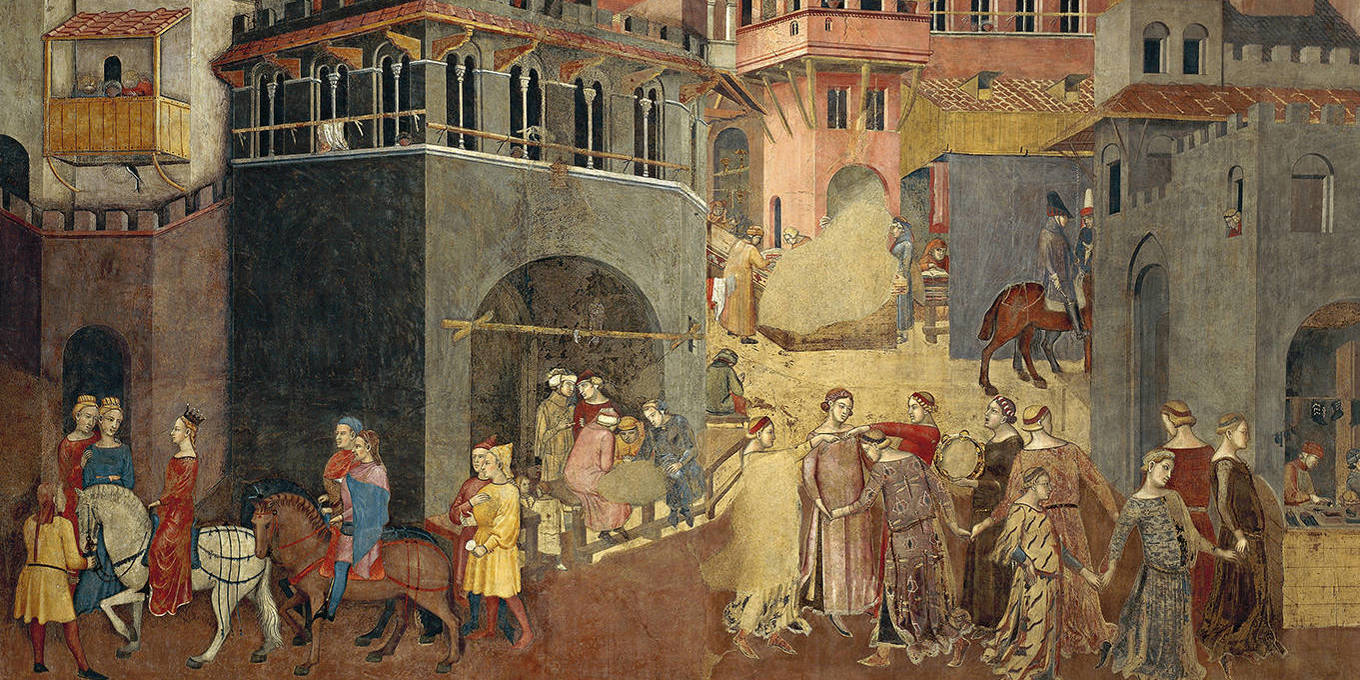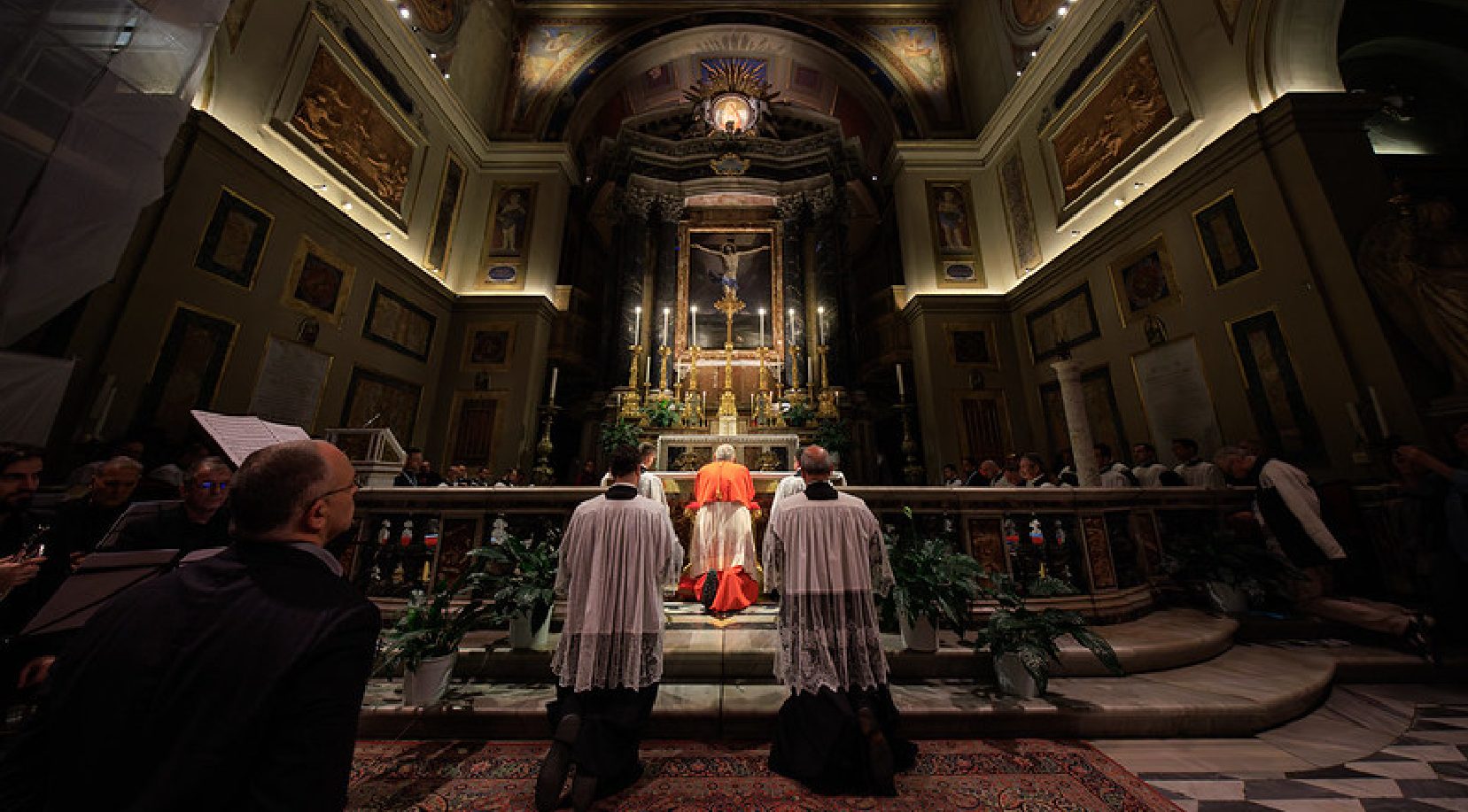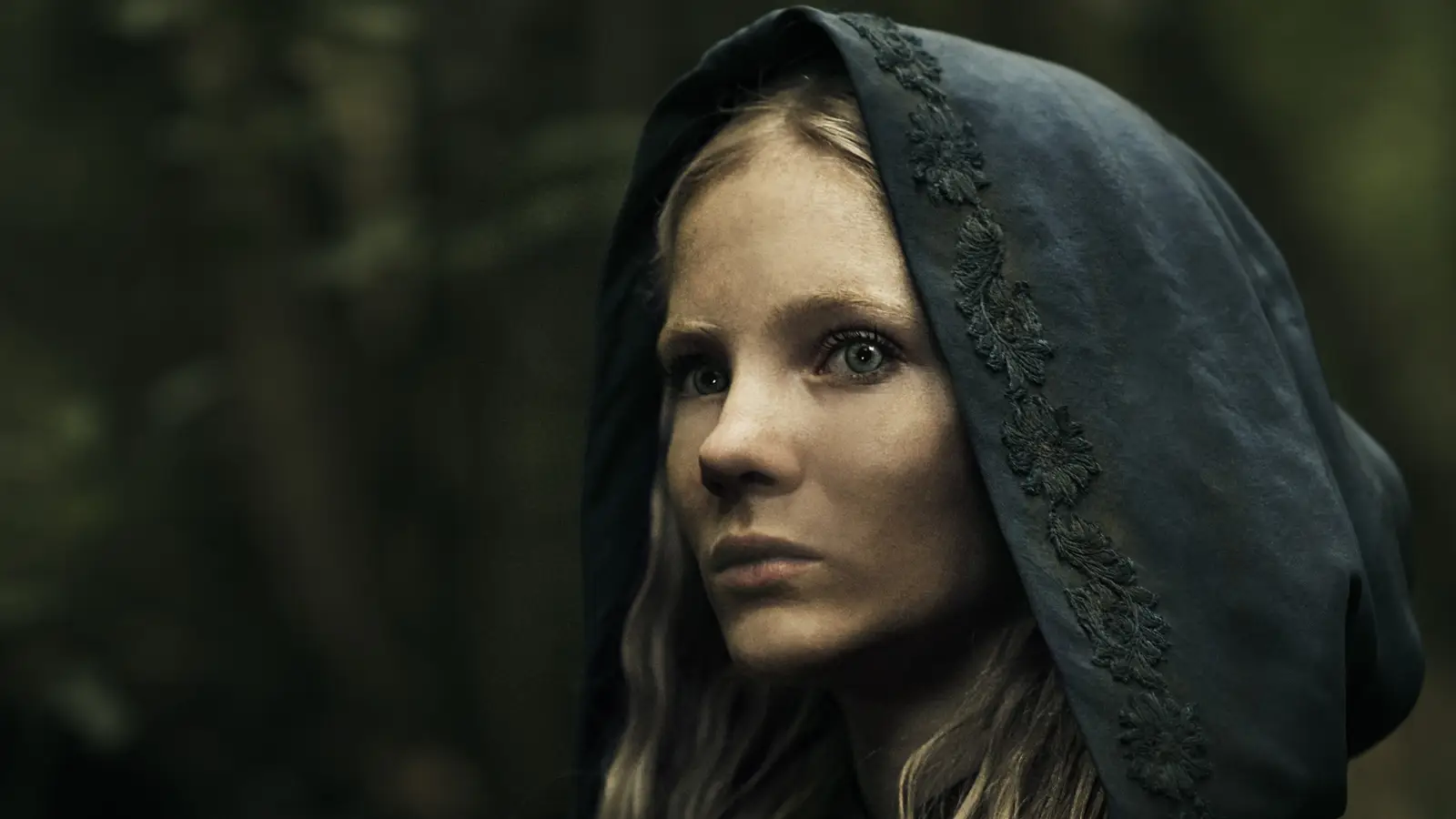Copyright Project Syndicate

PARIS – Like the air we breathe, peace does not typically command our attention until we lose it. That is why the study of peace is inextricably linked to that of war: it seeks to understand the root causes of conflict and illuminate ways to end or avoid violence. But peace is a condition in itself, and it warrants our attention as much today as it did in the 14th century, when the Italian artist Ambrogio Lorenzetti painted his powerful and enigmatic three-panel fresco in the Sala dei Nove of Siena’s Palazzo Pubblico, where Siena’s council of nine magistrates met. The fresco’s main scenes, which depict the “Allegory of Good Government,” the “Effects of Good Government in the City and the Countryside,” and the “Allegory of Bad Government,” are considered to be one of the most influential secular cycles in art history. They have been studied extensively, with generations of scholars drawing lessons on all manner of topics, from agriculture to politics. But even today, Lorenzetti’s frescoes have much to teach us about peace. To be sure, the room reflects our tendency to view peace in opposition to war. The “effects of bad government” depicts a horned devil presiding over a court that includes War, with Justice bound and powerless beneath them. Meanwhile, the city is crumbling, its inhabitants are suffering, and chaos reigns. The “allegory of good government,” painted on the adjoining wall, depicts an old, wise monarch on a throne surrounded by figures representing values like Justice, Temperance, Prudence, Strength, and Peace. In a sense, this allegory represents much of the focus of “peace studies”: how peace is “created” in the rooms where decisions are made. But it is the “effects of good government in the city and countryside” – which confronts the “bad government” panel on the opposite wall – that offers insights into the content and mechanics of peace. The panel depicts a bustling, prosperous city, in which people work, dance, talk, play, and learn. The city gates are open – there is no need for fortification – and in the countryside beyond, people busily farm the land, surrounded by trees and livestock. The scene is serene, but not stagnant. This is not some fixed utopia that exists out of time, or an unspoiled “Garden of Eden,” to which we can never return. It is a dynamic environment, comprising countless imperfect human actions that perpetuate peace. The message is clear: while leaders can undoubtedly help to create the conditions for peace, it is ordinary people living their lives who make peace a reality, not once, but on a daily basis. This is not an individualistic process. Lorenzetti’s fresco depicts a community prospering together – engaging with one another, exchanging goods and services, and fulfilling their respective roles, from repairing roofs and growing food to playing music. In bad times, people may be more likely to adopt an “every man for himself” mindset. But there is no shortage of stories of communities taking care of one another during crises, often at great personal cost. The inhabitants of one French village, Le Chambon-sur-Lignon, risked their lives to hide thousands of Jews during the Holocaust – earning the collective designation of “Righteous Among the Nations” by Yad Vashem, the Israeli Holocaust remembrance center. Perhaps it is in such subversive and seemingly irrational choices that peace resides in times of war. And perhaps it is when such behaviors become the norm that peace flourishes. As the 19th-century sociologist Émile Durkheim observed, the community’s shared beliefs, practices, and values play a major role in shaping individual behavior. For Lorenzetti, one of those values appears to be openness. Farmers freely enter the city to sell their goods, while elegant urbanites head out to the countryside. Another key value is moderation. While the scene he depicts is full of activity, it remains rather tranquil, seemingly embodying the Latin adage festina lente (make haste, slowly). A third value is respect, for oneself, one’s neighbors, and one’s surroundings. People are contributing to their community; the urban buildings are clean and well maintained; and the countryside is bedecked by golden wheat fields and flourishing fruit trees. This is a society that understands its connection to – and dependence on – nature. In a single image, Lorenzetti shows us the entire agricultural cycle: ploughing, planting, and harvesting. Animals can be seen throughout the panel, from the horses the city dwellers ride and the donkey that helps the farmer bring food to market to the pigs that will eventually nourish the community. The implication is that a peaceful society must also be in tune with its environment, acting in accordance with the natural forces that govern our planet – the order of the seasons, the alignment of the planets. As the late Nobel laureate economist Elinor Ostrom explained in her 2015 book Governing the Commons, local communities have often proven far more successful in managing resources sustainably, through voluntary self-governance, than either the state or the market. As our communities act as stewards of nature, so too do they act as custodians of peace. But there is one more value that seems to define Lorenzetti’s scene: joy. The bride’s retinue evokes not only the commitment of marriage and family, but also the delight of love. The dancers remind the viewer of the importance of pleasure and creativity – activities that provide us with connection and catharsis. While hard work and prudence are essential to nurture peace, happiness is what makes it all worthwhile.



